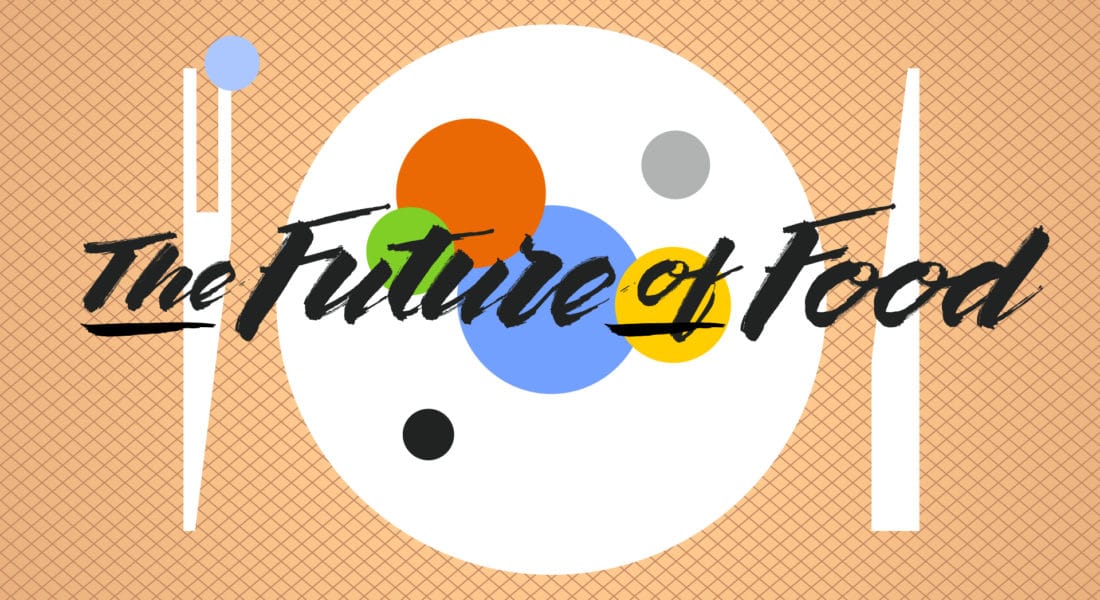advertisement
Internet of Things hits the Kenyan restaurant sector
As the world becomes increasingly more adept to technological and computer advancements, the restaurant sector in Kenya has made continuous…

As the world becomes increasingly more adept to technological and computer advancements, the restaurant sector in Kenya has made continuous bounds towards easing the ability to transfer data over a network without requiring human to human interaction, which essentially is Internet of Things (IoT).
The emergence of IOT in the restaurant sector is fairly recent. With high profile cars in the Kenyan markets launching with on board computers, it was only a matter of time before a similar interface moved over to the catering businesses.
Through the advent of the internet having the ability to extend into everyday physical devices and objects, it has now replaced written orders with electronic ones. Allowing the waiter or waitress to type in the order on an IPad, and have it sent over the wireless connection to the chefs who have the same device in their possession. Easily allowing for a much quicker and smoother transition of information, and removing the sometimes unnecessary human to human interaction that can subliminally slow down the process.
advertisement
This, in turn has allowed for a greater need for technology in the Kenyan economy.
As IoT begins to expand in Kenya, not just from cars, but now to the restaurant businesses and possibly even to the education sector in the near future. Through the efficiency and time saving the IoT interface has proven in the restaurant sector, it is now being used to monitor and know things in advance.
This is being done by the interface understanding and noting the exact times when the restaurant is busy, what a large majority of people order, and the times by which the chefs prepare the meals, with the same interface giving an alert to the waiter or waitress that the meal needs to be collected. This shows that the spread of information is slowly, but surely leading to organization and uniformity at the tasks at hand, maintaining the quality of service to a certain level so as to limit or completely edge out human error.
advertisement
This comes at a time where Kenya’s future as an economy in the technological field is growing, and expanding. It shows that in Africa, the development and launching of business systems that have the ability to work hand in hand with new and upcoming technologies, Kenya does not fall behind.
In a world like today, in a sector as busy as the restaurant sector, IOT has even gone ahead and given people more time. More time in the sense that, since it has automated the small nitty gritty’s of the business. Fundamentally, the technology within the interface would communicate with one another, this further results in money saved. The more the efficiency and uniformity, the less the money spent on correcting things.
Nonetheless, in this new dawn of communication and technology, Kenya’s restaurant scene is at the forefront. With an array of IOT interfaces and technologies that work within the interfaces, a computerized revolution will be soon to overtake the Kenyan economy.